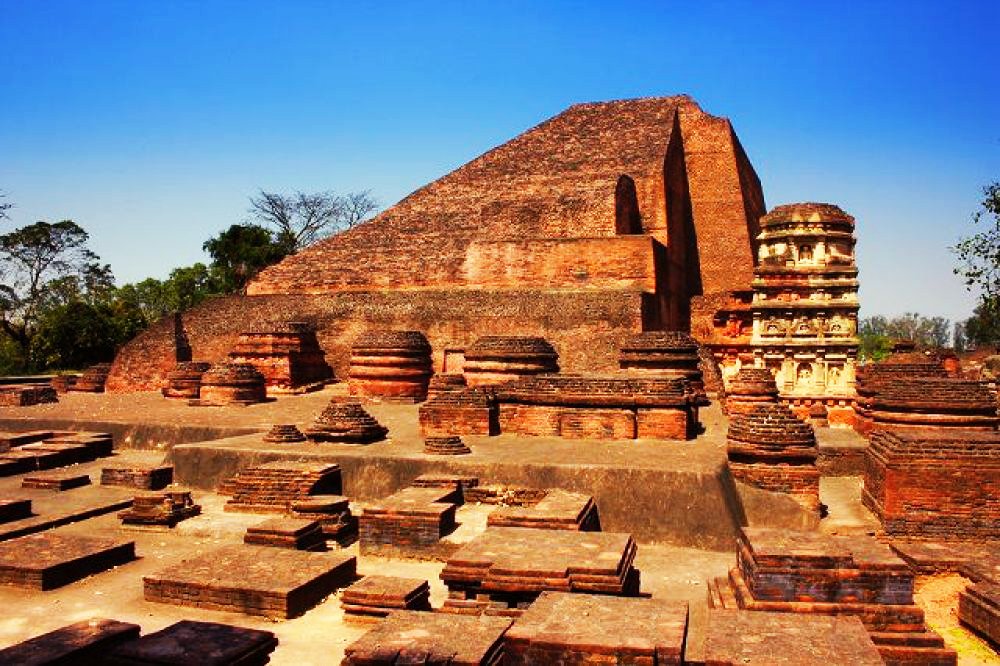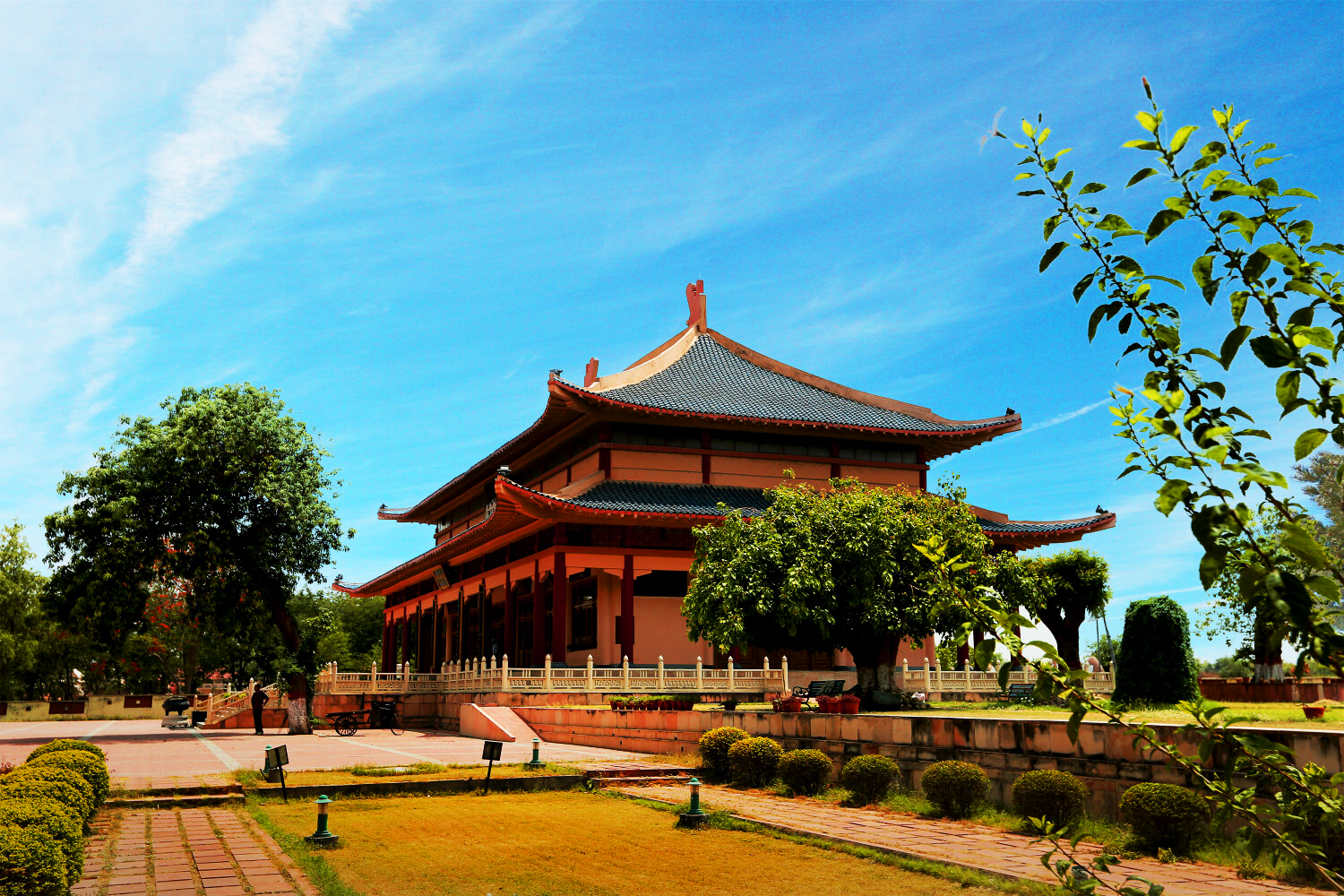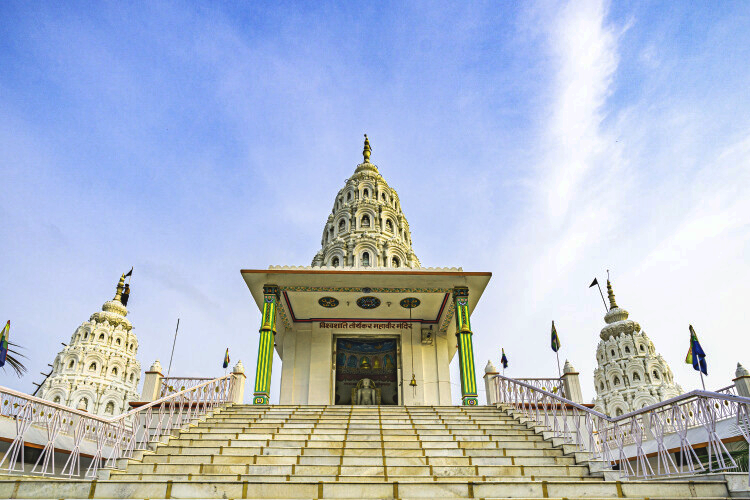Menu
Nalanda district in Bihar is one of the prime tourist hotspots in the state. The destination is historically and culturally rich and is home to the ancient Nalanda University, a UNESCO World Heritage Site. The university of Nalanda shot to fame during ancient times and attained legendary status for its contribution to education, culture, and civilization. Set around 95 km from Patna, the capital city of Bihar, the city is visited by a huge number of travelers from across the globe.

Nalanda is about 90 km southeast of Patna. Although its history goes back to the times of the Buddha, the university at Nalanda was founded in the 5th century CE, and it flourished for the next 700 years. Its decline began in the late Pala period, but the final blow was the invasion by Bakhtiyar Khilji around 1200 CE. The subjects that were taught at Nalanda included Buddhist scriptures (of both the Mahayana and Hinayana schools), philosophy, theology, metaphysics, logic, grammar, astronomy and medicine. Chinese travellers Hiuen-Tsang and I-Tsing had written detailed accounts about the university.
The Hiuen Tsang Memorial Hall was built in memory of the Chinese scholar in the location where he was said to have resided for over 12 years during his time in the country. The memorial hall is home to writings of the scholar about his observations regarding medieval India, which forms the basis of much of the knowledge of that time


Near Ruins of Nalanda university a modern temple named the Black Buddha temple (termed by locals as the Telia Bhairav, “tel” refers to use of oil as a protective coating) has emerged near Temple 14 with has an ancient large black Buddha image in Bhumisparha Mudra. This the same temple termed Baithak Bhairab in Cunningham’s 1861–62 ASI report, suggesting that the Buddha image was in worship by the locals even then, suggesting a continuity of religious activity in the ruins of Nalanda. Replicas of the Black Buddha image have been installed in temples in Thailand.
Opposite the entrance to the ruins of the university and houses, there is a small but beautiful collection of Buddhist and Hindu bronzes and a number of undamaged statues of the Lord Buddha that were found in the area. Two enormous terra-cotta jars of the first century stand intact behind the museum in a shaded enclosure. The collection includes copper plates and stone inscriptions, coins, pottery and samples of burnt rice (12th century AD) found among the ruins here.


The Digambar sect of Jains believes that the 24th and the last Tirthankar, Lord Mahavir, was born here.Just 1.6 km from the ruins of Nalanda is this place called Kundalpur. The Digambar sect of Jains believes that the 24th and the last Tirthankar, Lord Mahavir, was born here. There are many Jain temples in this village. As the place is situated in the vicinity of the ancient city of Nalanda, it is one of the popular destinations of pilgrims as well as travelers. The present temple was however was recently built. The Temple has good accommodation facilities for devotees.